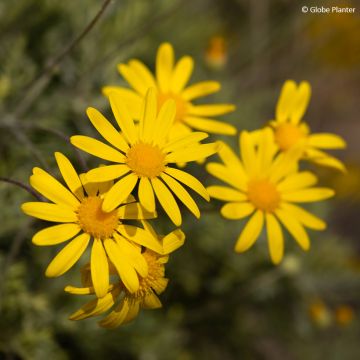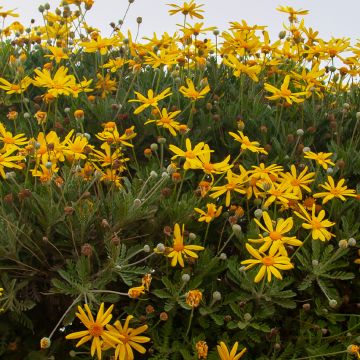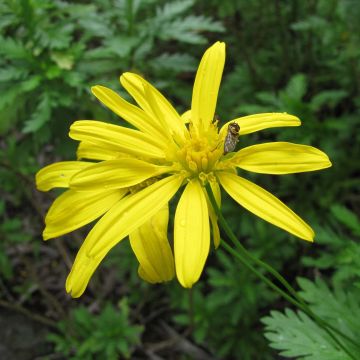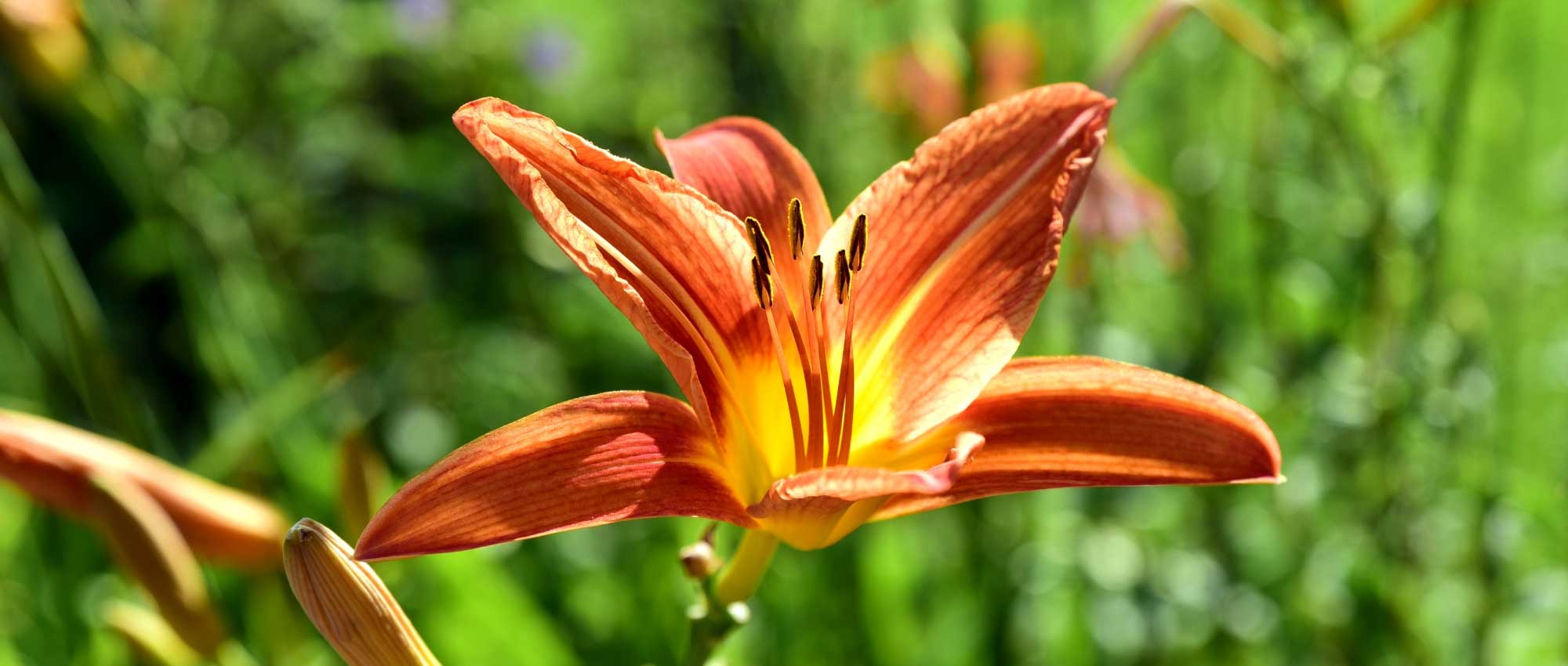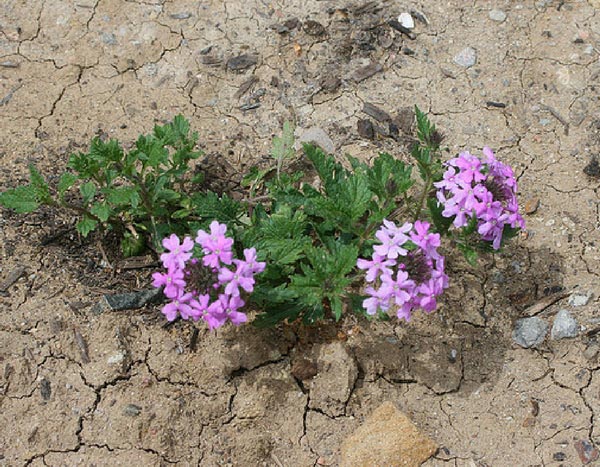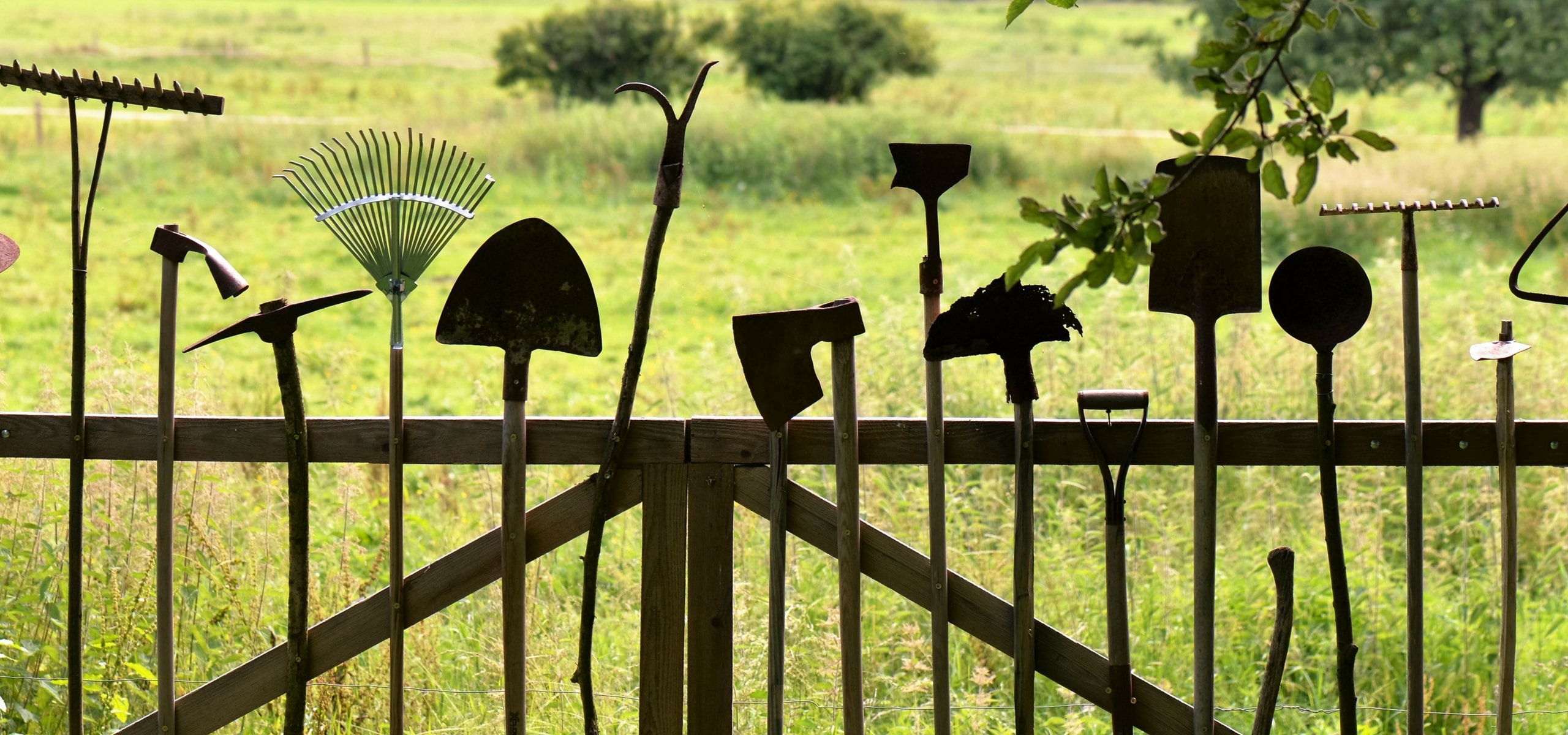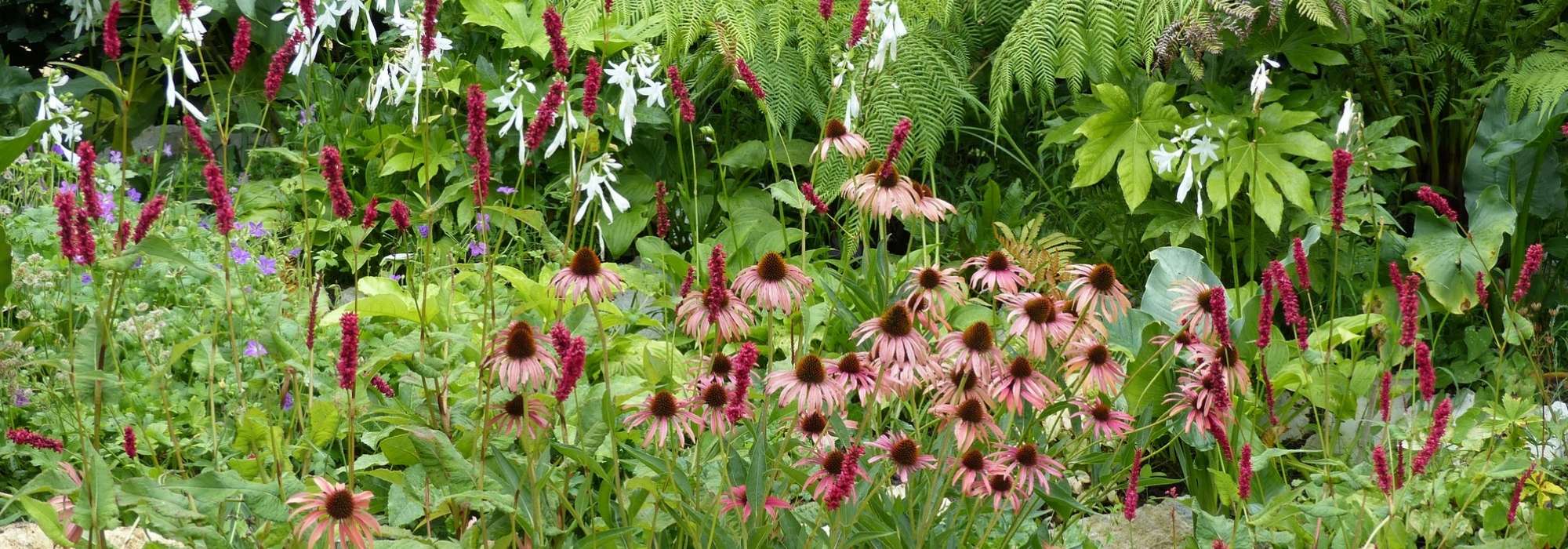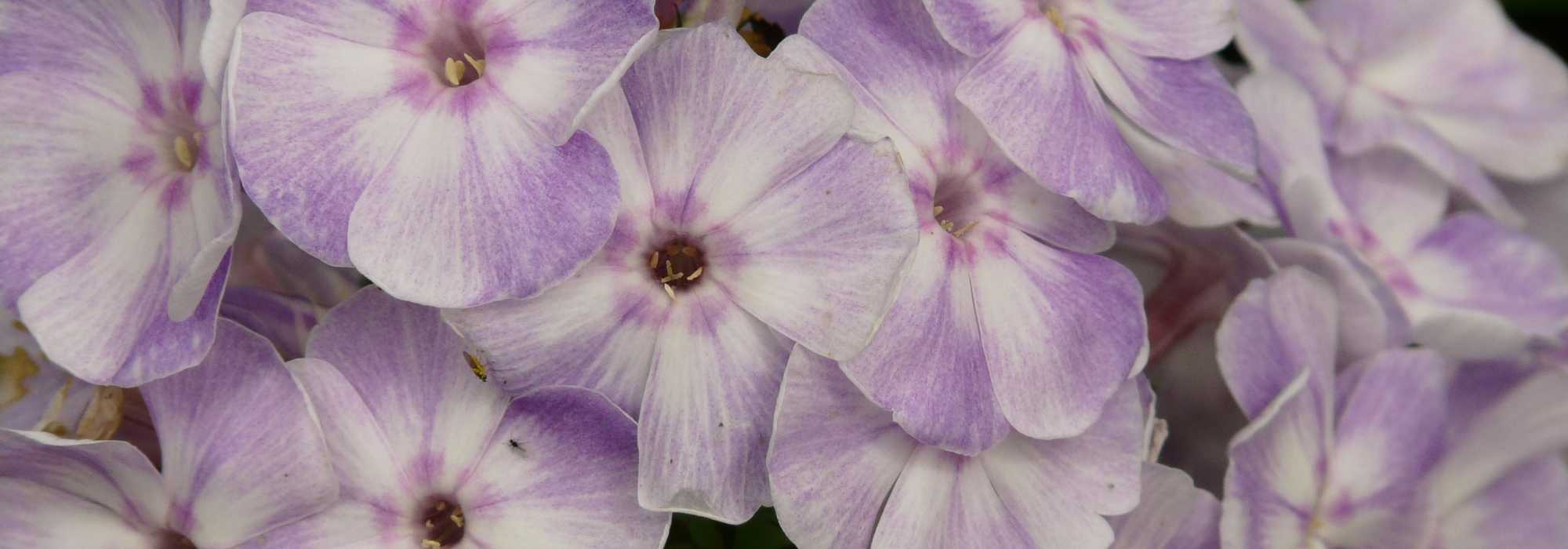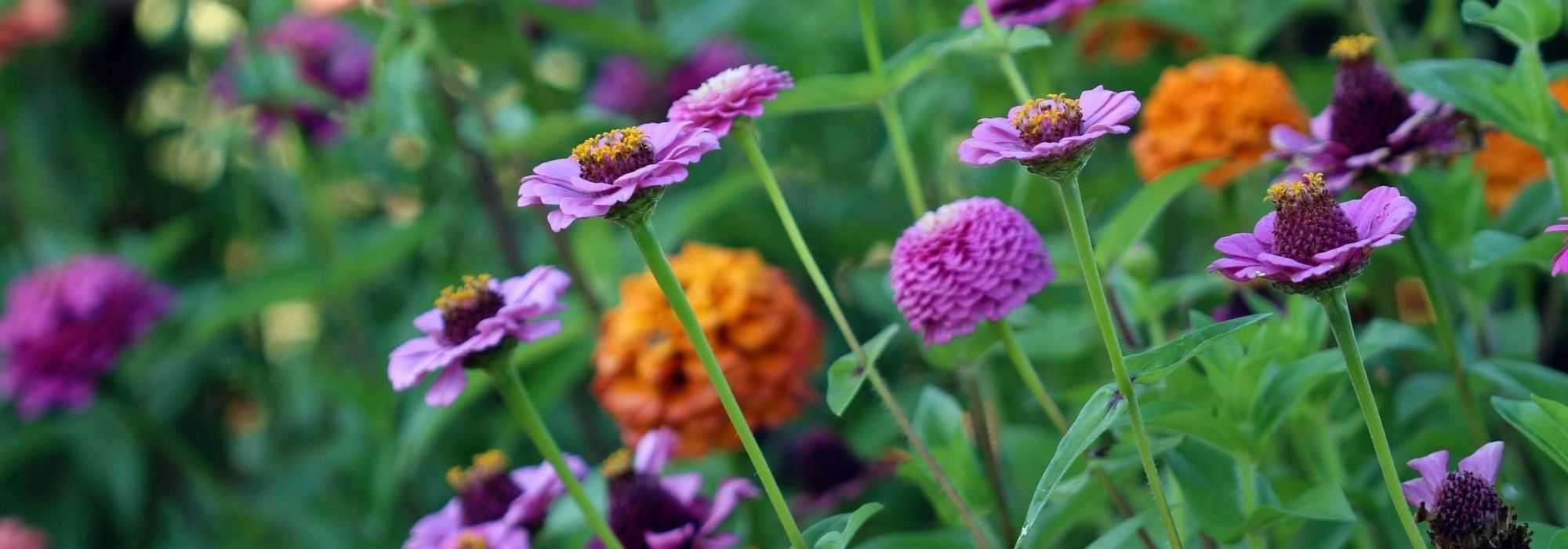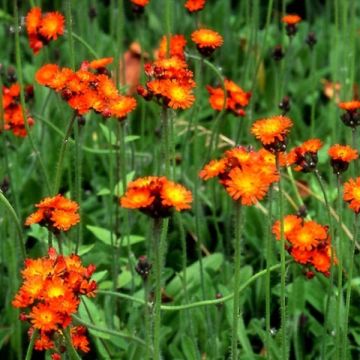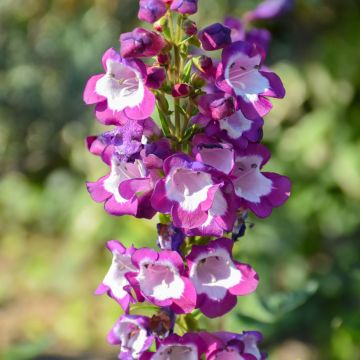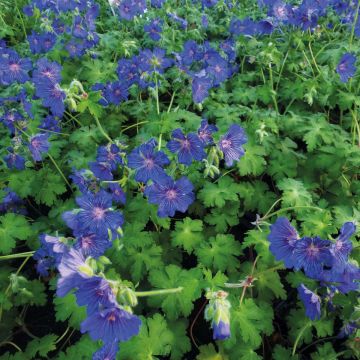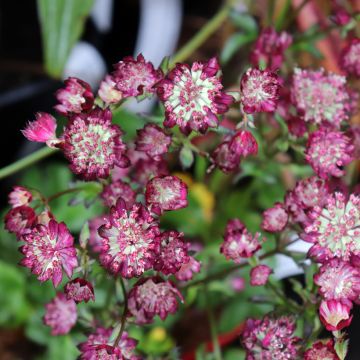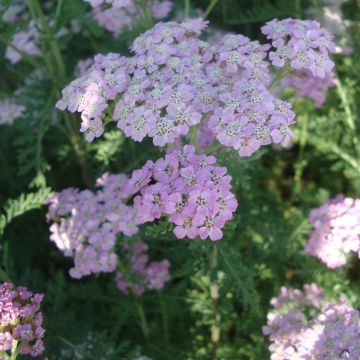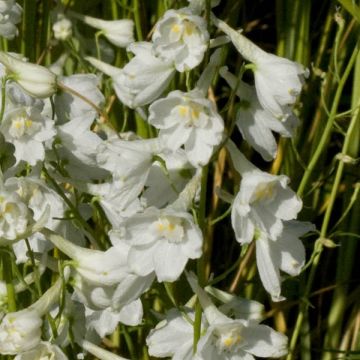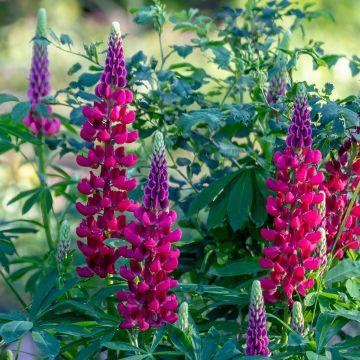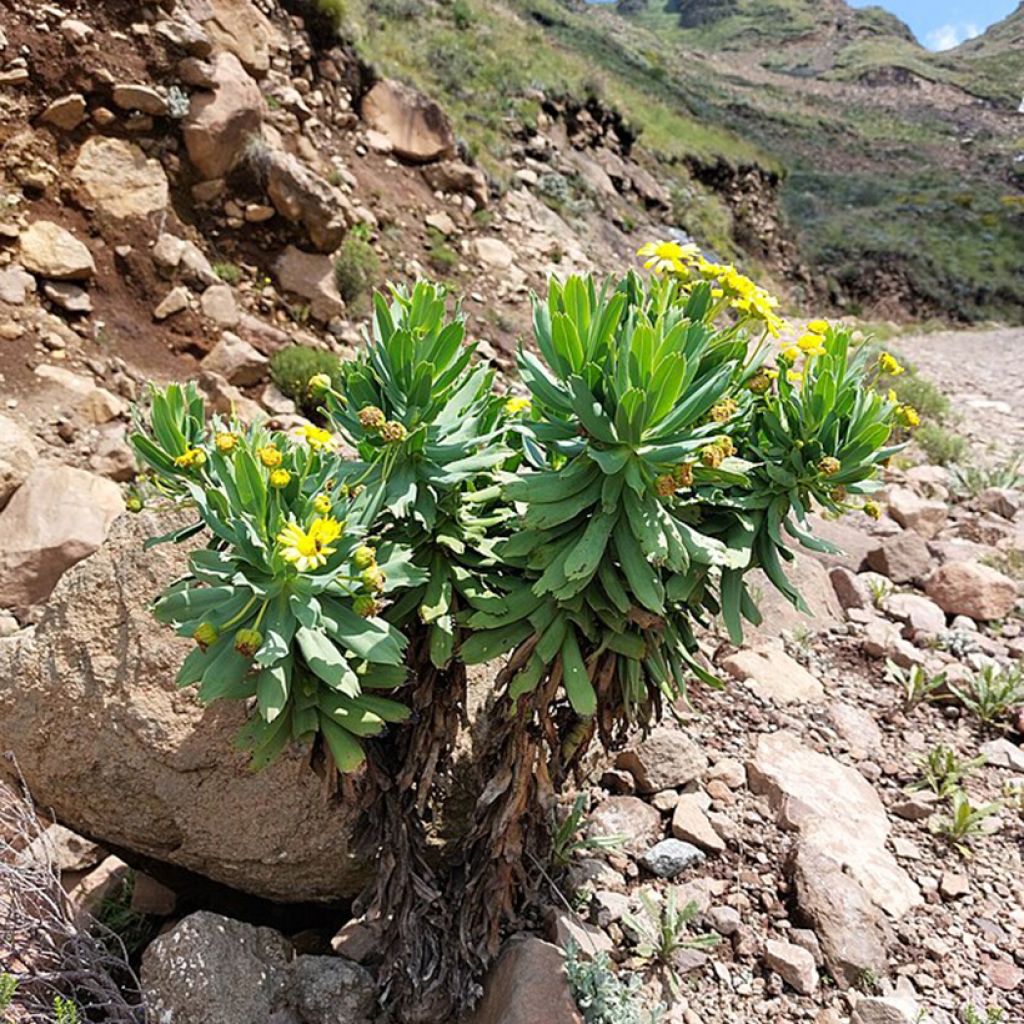

Euryops evansii - Mountain Euryops
Euryops evansii - Mountain Euryops
Euryops evansii
Special offer!
Receive a €20 voucher for any order over €90 (excluding delivery costs, credit notes, and plastic-free options)!
1- Add your favorite plants to your cart.
2- Once you have reached €90, confirm your order (you can even choose the delivery date!).
3- As soon as your order is shipped, you will receive an email containing your voucher code, valid for 3 months (90 days).
Your voucher is unique and can only be used once, for any order with a minimum value of €20, excluding delivery costs.
Can be combined with other current offers, non-divisible and non-refundable.
Home or relay delivery (depending on size and destination)
Schedule delivery date,
and select date in basket
This plant carries a 12 months recovery warranty
More information
We guarantee the quality of our plants for a full growing cycle, and will replace at our expense any plant that fails to recover under normal climatic and planting conditions.
Would this plant suit my garden?
Set up your Plantfit profile →
Description
Euryops evansii, part of the "South African daisies" tribe, is an utterly adorable evergreen bush that charms with its silvery, silky foliage and its bright yellow daisy-like flowering. Compact and elegant, it is ideal for brightening up rockeries and borders and also adapts very well to pot cultivation on a sunny terrace. Low-maintenance but not very hardy (-5°C), it adds a Mediterranean touch to dry gardens.
Euryops evansii belongs to the Asteraceae family. Native to southern Africa, its natural range extends from Lesotho to the KwaZulu-Natal province in South Africa. In these regions, it primarily colonises rocky areas and mountain slopes, adapting to well-drained soils and local climatic conditions similar to those on the Mediterranean coast. It is a much rarer cultivated species than Euryops pectinatus, the savanna daisy. This evergreen has a compact, bushy habit, typically reaching a height and spread of around 30 cm at maturity. Its growth is moderate, with the plant reaching full size in 5 to 10 years. The stems are woody at the base and bear dense, silvery foliage. The finely divided leaves measure between 5 and 10 cm in length. They display a silvery hue due to the fine hairs covering them. The abundant flowering takes the form of solitary yellow, 2 to 3 cm diameter heads, composed of ligulate florets surrounding a central yellow disc. The flowering period mainly spans from spring to autumn, with intensity varying depending on climatic conditions. The fruits are achenes lacking a wing, promoting dispersal near the parent plant. The root system is taprooted, allowing Euryops evansii to draw water from deep underground and withstand drought periods.
Euryops are easy-to-grow, very generous plants in mild climates, which should be pruned back after each flowering period: many new shoots emerge from the stems, even the woody ones! Plant Euryops evansii alongside Senecio (cineraria, grandiflorus, vira-vira) in a coastal garden—they withstand wind and sea spray perfectly, tolerate drought, and thrive in both stony and sandy soils. They can also be paired with rockroses and lavenders. They also thrive in pots on a sheltered terrace or balcony. Gardeners in more continental regions, where winters are harsh and wet, should bring them indoors to an unheated greenhouse for protection.
Report an error about the product description
Euryops evansii - Mountain Euryops in pictures
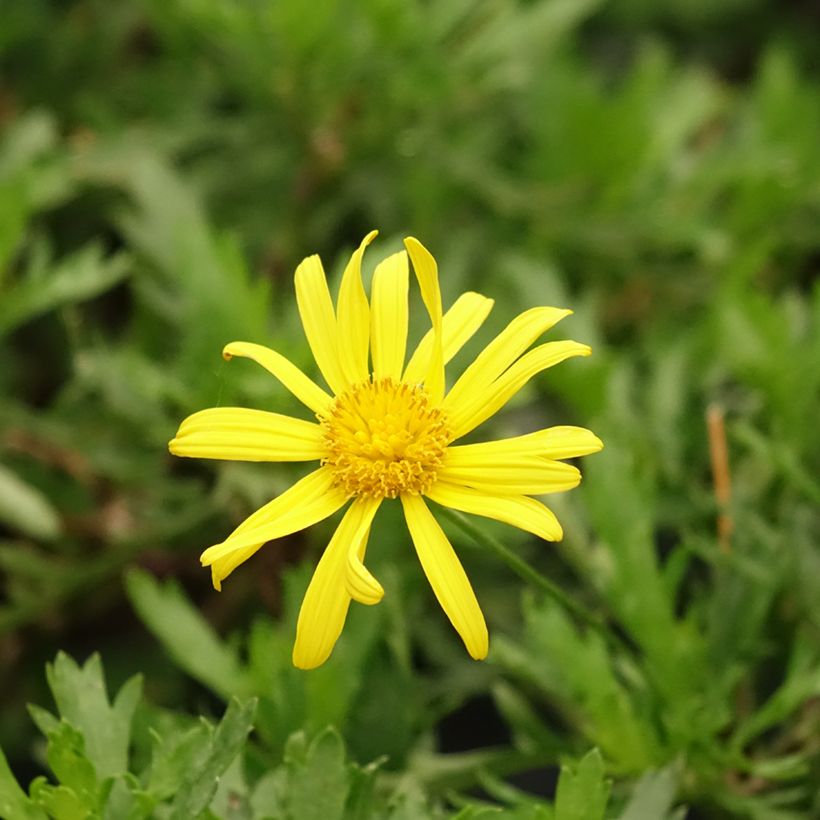

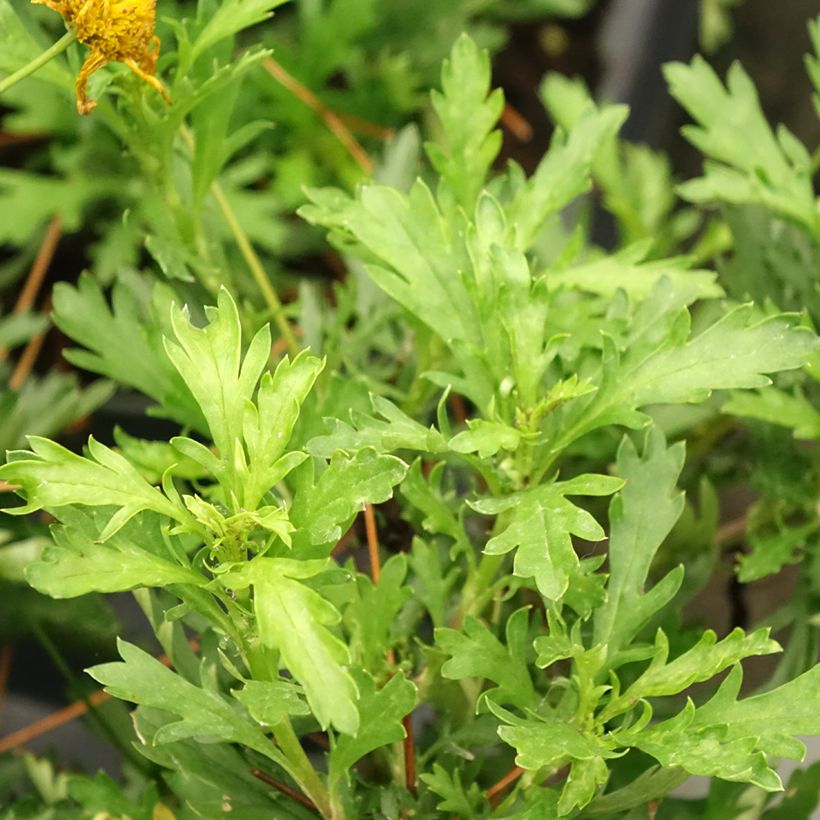

Flowering
Foliage
Plant habit
Botanical data
Euryops
evansii
Asteraceae
Euryops acraeus
South Africa
Other Euryops - African Bush Daisy
View all →Planting and care
Plant Euryops evansii in the ground or in pots, in spring or autumn, depending on the mildness of your climate. Planting in early autumn is preferable in warmer and drier summer climates. Place it in ordinary, well-loosened, sandy, stony or humus-bearing soil, even dry in summer, not too rich but very well-drained. This plant tolerates limestone in the soil quite well, but does not cope with waterlogged soil in winter, which affects its hardiness. It will regrow fairly easily from the stump in spring if the aerial parts have been damaged by frost, down to -5°C. Good protection such as winter fleece in the garden should be provided beyond this temperature. Summer drought is not a problem once the Euryops is well established, but occasional watering will encourage flowering. Euryops tolerates sea spray well and thrives in a sunny position.
Container cultivation: prepare a mix of garden soil, perlite, leaf compost and coarse sand. Fill a 30 cm diameter pot with the bottom lined with a drainage layer made of clay pebbles, pumice or broken terracotta. Monitor watering in summer and apply slow-release fertiliser in spring. Repot every 2 years into a slightly larger container. Overwinter the plant frost-free and reduce watering.
Propagation by stem cuttings after flowering, or by sowing, should be done occasionally to rejuvenate this short-lived plant.
Pests and diseases: no specific diseases are known under our climates.
Planting period
Intended location
Care
Planting & care advice
This item has not been reviewed yet - be the first to leave a review about it.
Similar products
Haven't found what you were looking for?
Hardiness is the lowest winter temperature a plant can endure without suffering serious damage or even dying. However, hardiness is affected by location (a sheltered area, such as a patio), protection (winter cover) and soil type (hardiness is improved by well-drained soil).

Photo Sharing Terms & Conditions
In order to encourage gardeners to interact and share their experiences, Promesse de fleurs offers various media enabling content to be uploaded onto its Site - in particular via the ‘Photo sharing’ module.
The User agrees to refrain from:
- Posting any content that is illegal, prejudicial, insulting, racist, inciteful to hatred, revisionist, contrary to public decency, that infringes on privacy or on the privacy rights of third parties, in particular the publicity rights of persons and goods, intellectual property rights, or the right to privacy.
- Submitting content on behalf of a third party;
- Impersonate the identity of a third party and/or publish any personal information about a third party;
In general, the User undertakes to refrain from any unethical behaviour.
All Content (in particular text, comments, files, images, photos, videos, creative works, etc.), which may be subject to property or intellectual property rights, image or other private rights, shall remain the property of the User, subject to the limited rights granted by the terms of the licence granted by Promesse de fleurs as stated below. Users are at liberty to publish or not to publish such Content on the Site, notably via the ‘Photo Sharing’ facility, and accept that this Content shall be made public and freely accessible, notably on the Internet.
Users further acknowledge, undertake to have ,and guarantee that they hold all necessary rights and permissions to publish such material on the Site, in particular with regard to the legislation in force pertaining to any privacy, property, intellectual property, image, or contractual rights, or rights of any other nature. By publishing such Content on the Site, Users acknowledge accepting full liability as publishers of the Content within the meaning of the law, and grant Promesse de fleurs, free of charge, an inclusive, worldwide licence for the said Content for the entire duration of its publication, including all reproduction, representation, up/downloading, displaying, performing, transmission, and storage rights.
Users also grant permission for their name to be linked to the Content and accept that this link may not always be made available.
By engaging in posting material, Users consent to their Content becoming automatically accessible on the Internet, in particular on other sites and/or blogs and/or web pages of the Promesse de fleurs site, including in particular social pages and the Promesse de fleurs catalogue.
Users may secure the removal of entrusted content free of charge by issuing a simple request via our contact form.
The flowering period indicated on our website applies to countries and regions located in USDA zone 8 (France, the United Kingdom, Ireland, the Netherlands, etc.)
It will vary according to where you live:
- In zones 9 to 10 (Italy, Spain, Greece, etc.), flowering will occur about 2 to 4 weeks earlier.
- In zones 6 to 7 (Germany, Poland, Slovenia, and lower mountainous regions), flowering will be delayed by 2 to 3 weeks.
- In zone 5 (Central Europe, Scandinavia), blooming will be delayed by 3 to 5 weeks.
In temperate climates, pruning of spring-flowering shrubs (forsythia, spireas, etc.) should be done just after flowering.
Pruning of summer-flowering shrubs (Indian Lilac, Perovskia, etc.) can be done in winter or spring.
In cold regions as well as with frost-sensitive plants, avoid pruning too early when severe frosts may still occur.
The planting period indicated on our website applies to countries and regions located in USDA zone 8 (France, United Kingdom, Ireland, Netherlands).
It will vary according to where you live:
- In Mediterranean zones (Marseille, Madrid, Milan, etc.), autumn and winter are the best planting periods.
- In continental zones (Strasbourg, Munich, Vienna, etc.), delay planting by 2 to 3 weeks in spring and bring it forward by 2 to 4 weeks in autumn.
- In mountainous regions (the Alps, Pyrenees, Carpathians, etc.), it is best to plant in late spring (May-June) or late summer (August-September).
The harvesting period indicated on our website applies to countries and regions in USDA zone 8 (France, England, Ireland, the Netherlands).
In colder areas (Scandinavia, Poland, Austria...) fruit and vegetable harvests are likely to be delayed by 3-4 weeks.
In warmer areas (Italy, Spain, Greece, etc.), harvesting will probably take place earlier, depending on weather conditions.
The sowing periods indicated on our website apply to countries and regions within USDA Zone 8 (France, UK, Ireland, Netherlands).
In colder areas (Scandinavia, Poland, Austria...), delay any outdoor sowing by 3-4 weeks, or sow under glass.
In warmer climes (Italy, Spain, Greece, etc.), bring outdoor sowing forward by a few weeks.






























